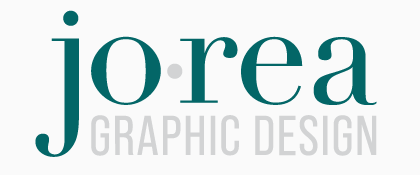Challenge:
Create three menus of the same restaurant, a high, medium, and low-end, based on a modernized 1920's style using geometric shapes, borders, and peacocks from 1920s Art Deco design.
(High-end audience: wealthy 24-45 y/o—high-end singles, tourists, couples, or businessmen willing to spend money on fine dining.)
(Mid-end audience: middle to high-income families, couples, or singles looking for dining with high-quality food for low prices.)
(Low-end audience: all ages looking for affordable lunch/dinner style fast-foods in a 1920’s Speakeasy themed environment.)
(High-end audience: wealthy 24-45 y/o—high-end singles, tourists, couples, or businessmen willing to spend money on fine dining.)
(Mid-end audience: middle to high-income families, couples, or singles looking for dining with high-quality food for low prices.)
(Low-end audience: all ages looking for affordable lunch/dinner style fast-foods in a 1920’s Speakeasy themed environment.)
Solution:
High-end: A 1920's peacock with geometric forms and a modern, clean layout was used to appeal to modern-day high-end patrons while still acknowledging the era. The peacock was also used because it was seen as a sign of wealth in the '20s while the geometric shapes were inspired by Aztec and Egyptian architecture from the era. Also, bronze and gold were common in the '20s for Art Deco, so a slight gradient was used to mirror it.
Mid-end: The menu was inspired by an Art Deco Parisian Café style menu with flowing peacock feathers and geometric borders used to appeal to the middle to high-income patrons with an elegant but simpler style. A two-column grid was also used to give a more mid-end menu aesthetic with the food listings.
Low-end: The menu is inspired by the 1920s Speakeasy style, using only geometric borders and shapes from the era along with a bold, decorative type. A yellow-ochre was used with white type and a navy blue backdrop to further convey the Speakeasy style.
Mid-end: The menu was inspired by an Art Deco Parisian Café style menu with flowing peacock feathers and geometric borders used to appeal to the middle to high-income patrons with an elegant but simpler style. A two-column grid was also used to give a more mid-end menu aesthetic with the food listings.
Low-end: The menu is inspired by the 1920s Speakeasy style, using only geometric borders and shapes from the era along with a bold, decorative type. A yellow-ochre was used with white type and a navy blue backdrop to further convey the Speakeasy style.
Saveur High-End Menu
Saveur Medium-End Menu
Saveur Low-End Menu

